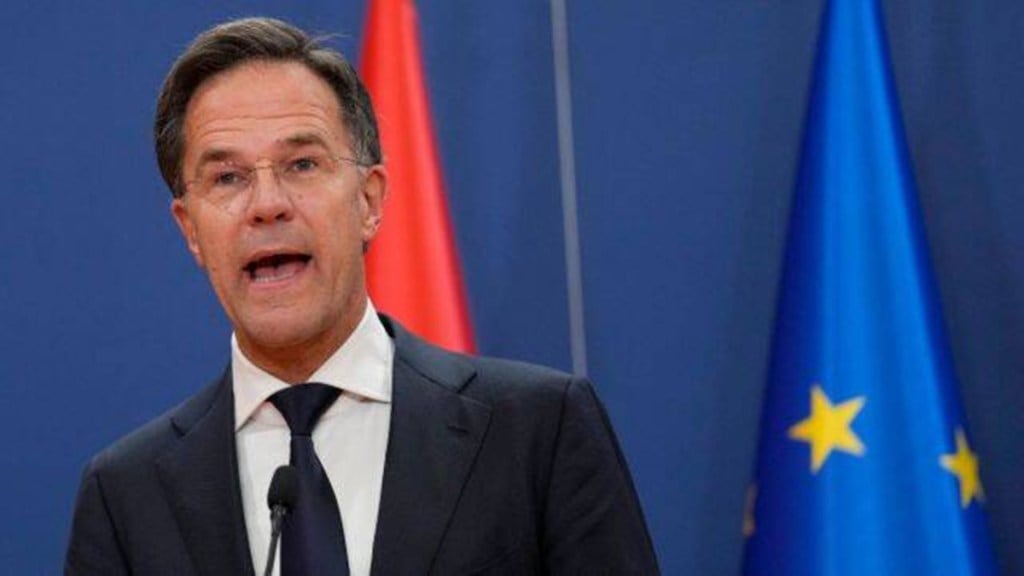After failing to arrive at a common ground with the coalition partners over the migration policy, Dutch Prime Minister Mark Rutte resigned on Friday. Yes, ladies and gentlemen, the Dutch government has collapsed because of “irreconcilable” differences between the four-party coalition government regarding the decisions that had to be made about how to rein in migration, a topic that has created a divide amongst European nations.
What is the current political situation?
Rutte and his government will hold the office in a caretaker capacity until a new ruling coalition government is chosen. The AP reported that the opposition leaders called for fresh elections even before Rutte resigned.
Geert Wilders, leader of the anti-immigration Party for Freedom, took to Twitter on July 7 and wrote, “We are bursting at the seams, crammed with African and Arab migrants, who are given priority over our homes, feast on three-course dinners on luxury cruise ships for free, receive free care and benefits, and often raid our stores as a thank you.” In another Tweet, he urged people to wait and said, “Dear people, we can make NL a beautiful country again with fewer asylum seekers and crime, more money and houses for our own people, decent care, plenty of room for our farmers and fishermen!”
Rutte was the Netherlands‘ longest-serving premier. The election for the lower house of the Dutch parliament will be held later this year and will take place in a polarised and splintered political landscape — there are 20 parties in the 150-seat lower house, reports AP.
Decoding the migration problem
According to an AP report, Rutte’s government tried for long to make a deal that would reduce the incoming flow of new migrants in the country. These proposals reportedly included creating two kinds of asylums. One was the temporary one for those trying to escape conflicted regions and the other was a permanent one for those trying to flee persecution.
While quoting numbers, AP reported that over 21,500 people from outside Europe sought asylum in the Netherlands in 2022. Thousands more moved there for further studies and work. The huge inflow has put pressure and strain on housing that already was in short supply in the densely populated country.

